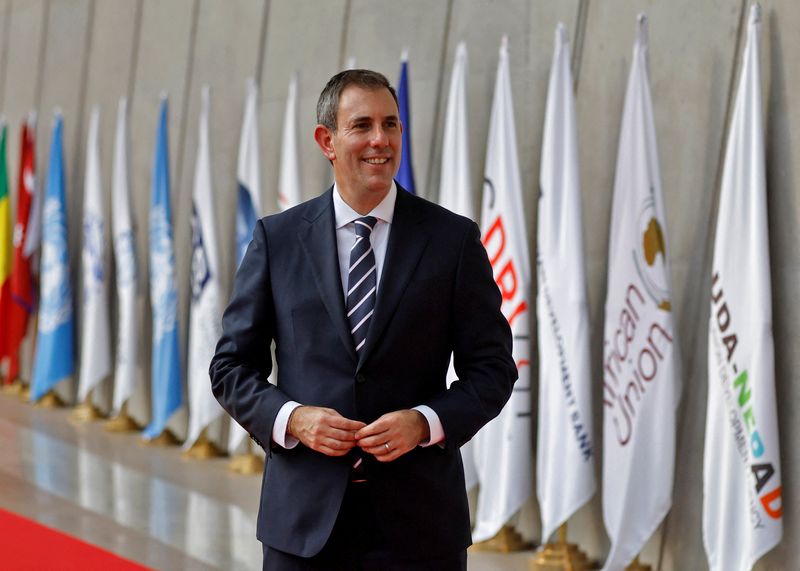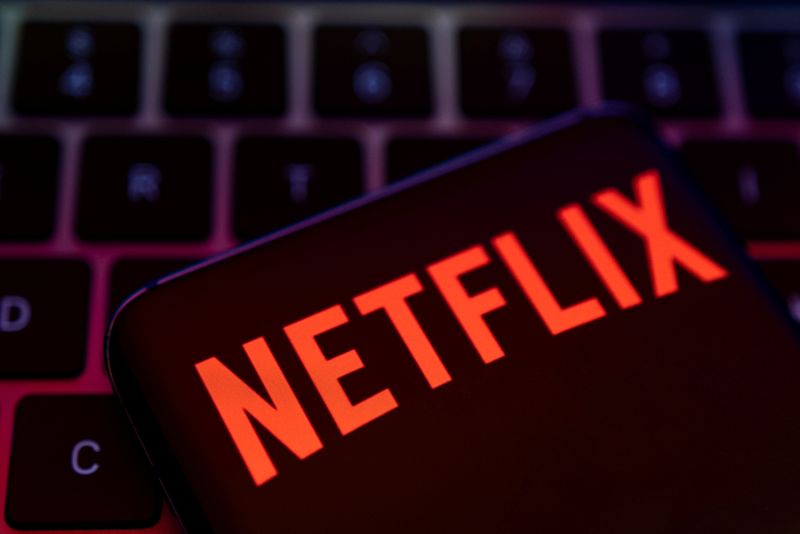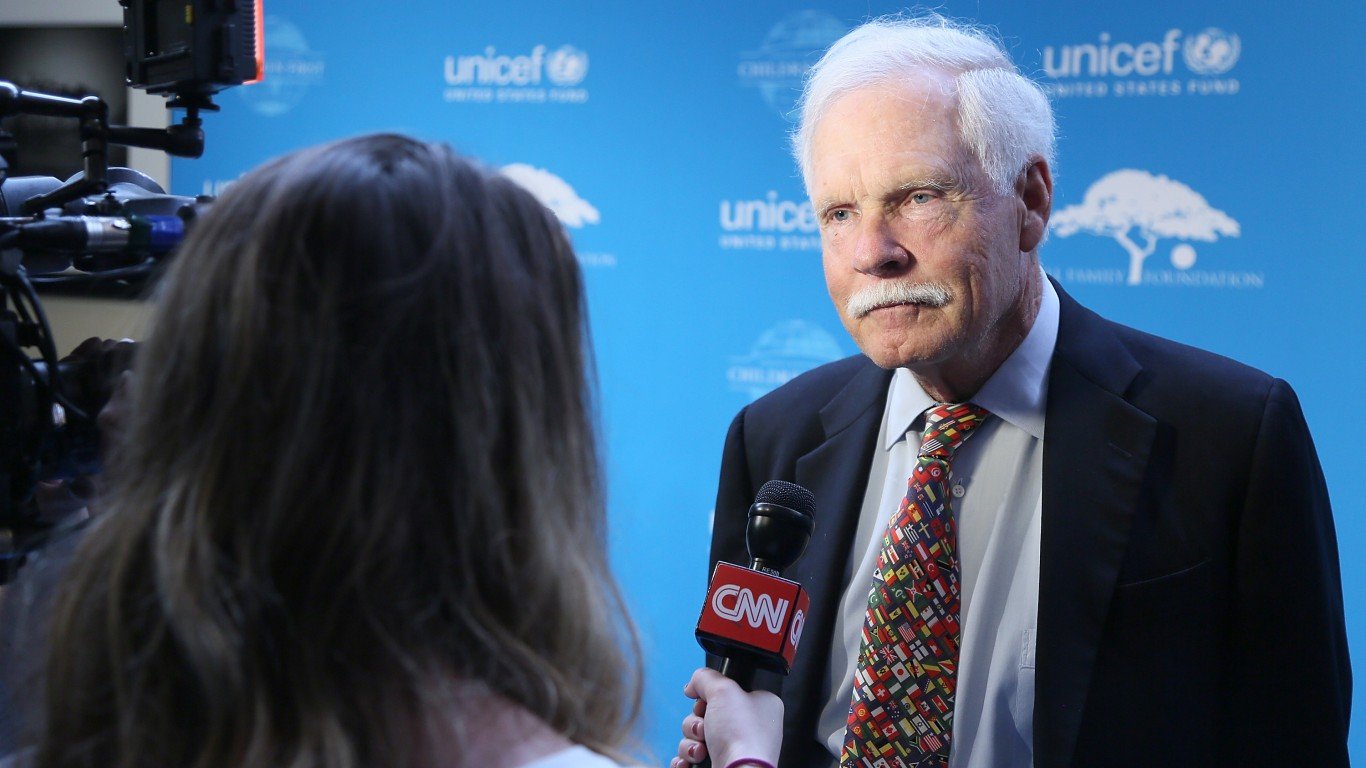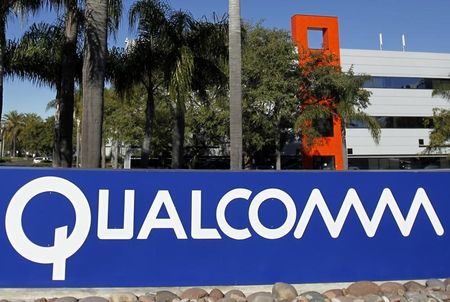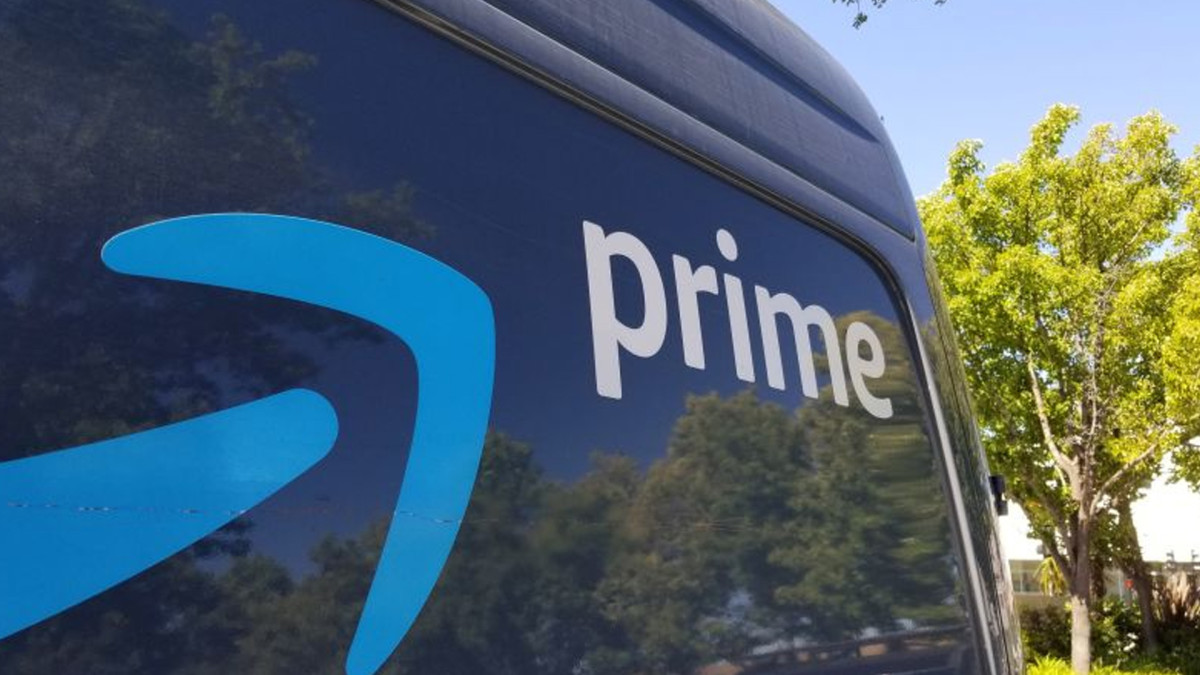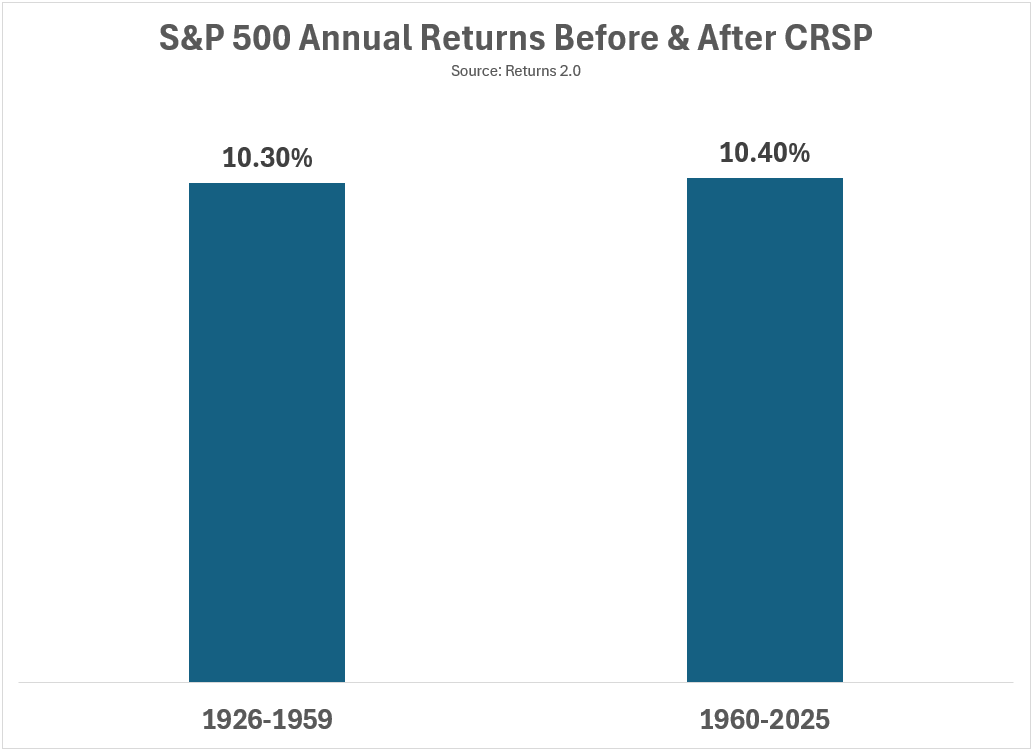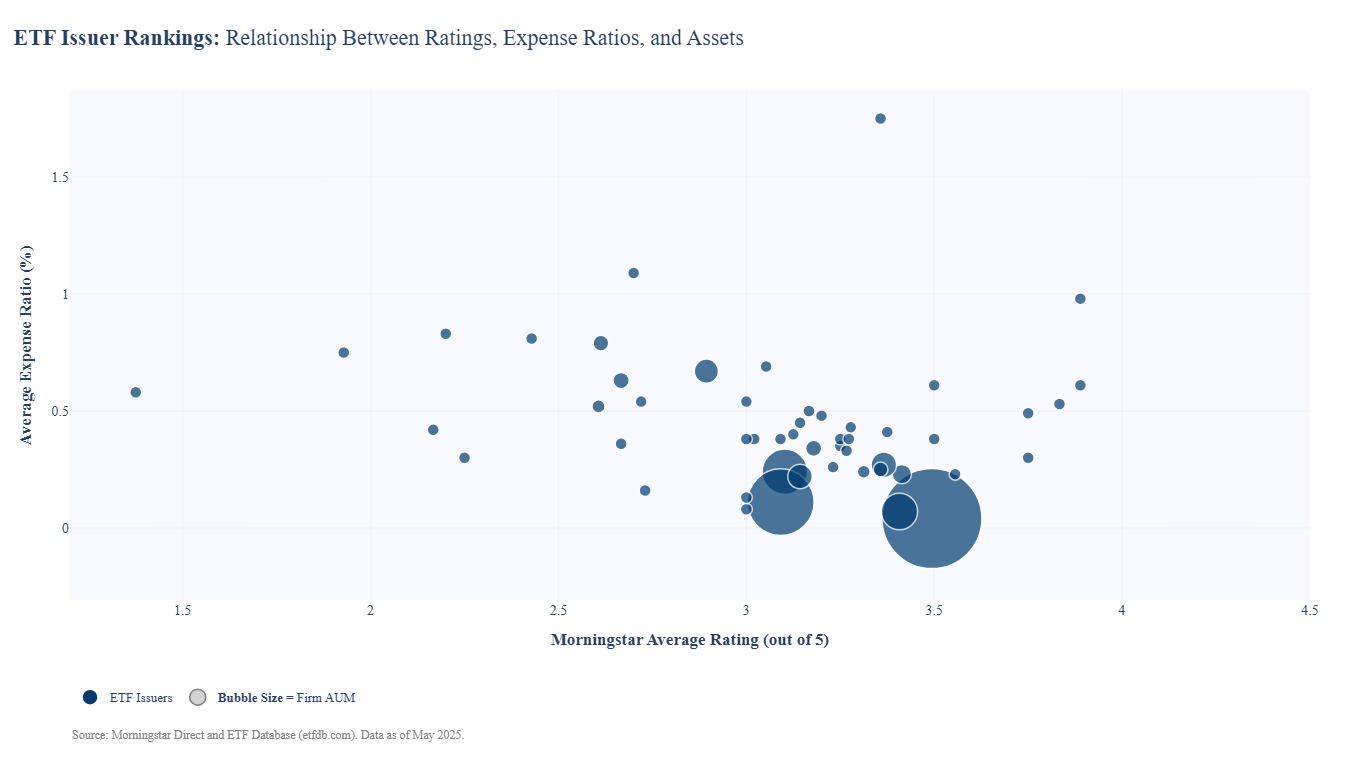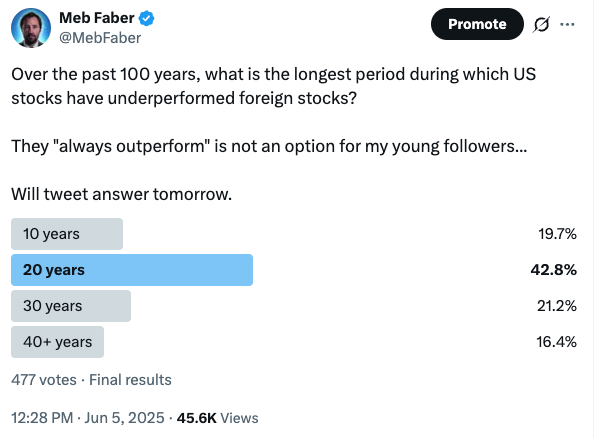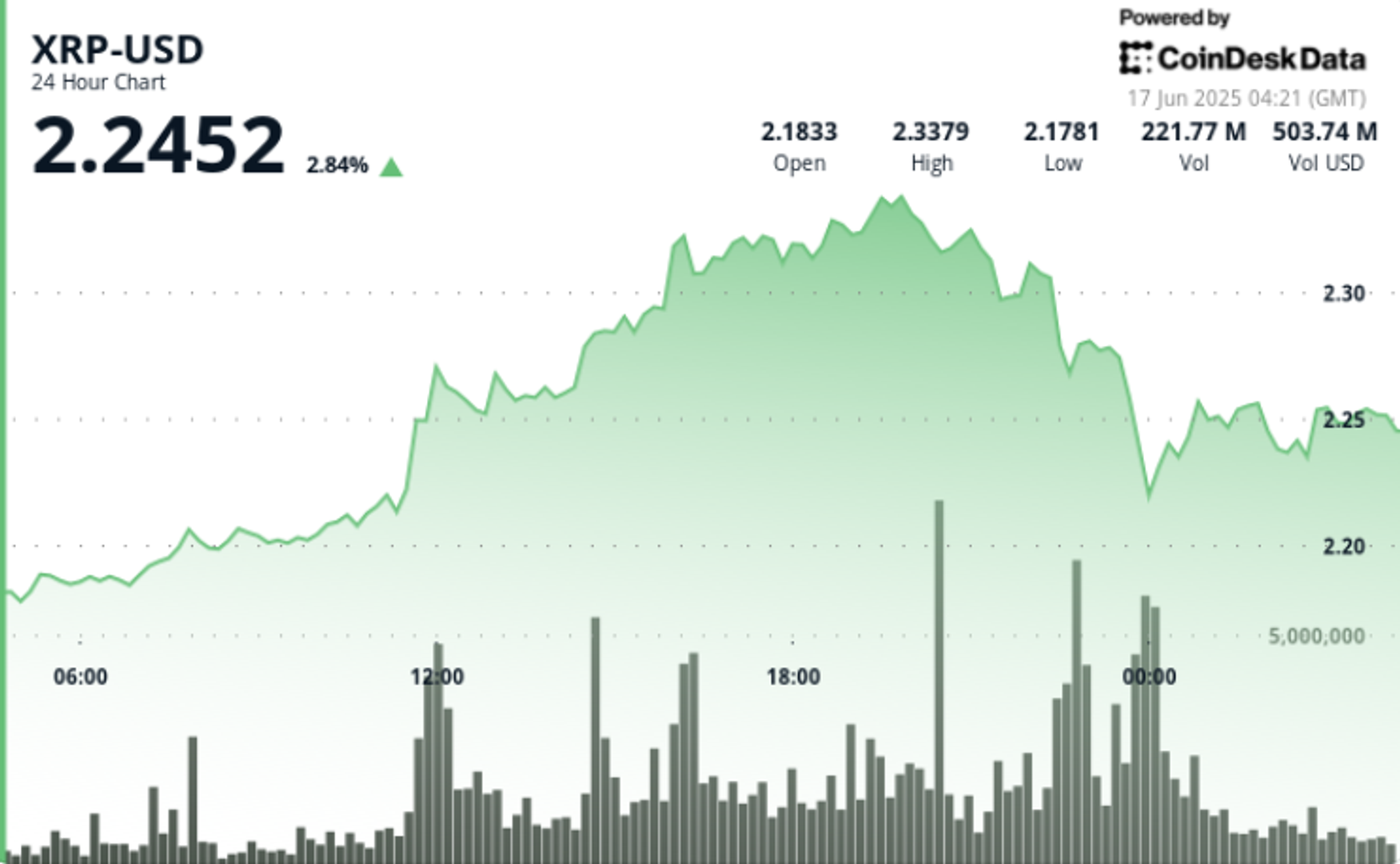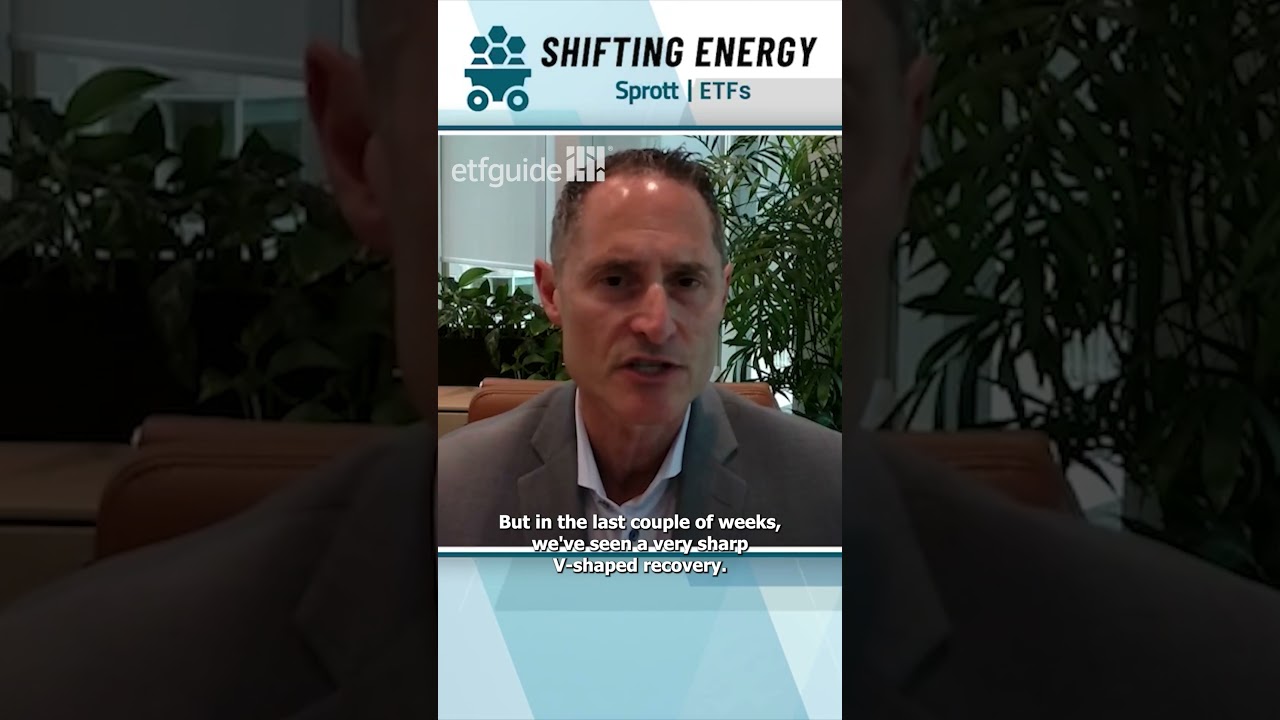A new wrinkle for executive comp at BlackRock and Goldman Sachs could become the norm across finance
Carried interest is no longer just for PE firms.

- Carry incentives have arrived in traditional finance as firms look to align executive compensation with growing parts of the business. If the trend continues, however, it could incite more blowback from proxy advisors, who have recently taken a sterner look at executive pay at both BlackRock and Goldman Sachs.
Investment banks and traditional asset managers are starting to look more like private-equity firms—and the same may soon be said for how most pay their top executives.
In the alternative asset world, fund managers are paid a share of the profits, known as “carried interest,” if they achieve a minimum return. Leaders at Goldman Sachs and BlackRock will now get similar awards as part of their compensation, both firms announced this year, and an expert in industry pay expects these moves to be the start of a burgeoning trend.
It makes sense for Goldman Sachs and BlackRock to be first movers, said Bryan Liou, a managing director at compensation consulting firm Johnson Associates. Goldman has over $500 billion in private assets under its supervision, making it one of the top 10 alternative asset managers in the world, which the investment bank has used to justify a carry incentive program for CEO David Solomon, president John Waldron, and other firm-wide leaders.
BlackRock, meanwhile, has introduced a similar award for CEO Larry Fink. His firm is set to manage more than $600 billion in private assets after a series of major acquisitions last year, including a $3.2 billion takeover of alt market data company Preqin.
Most importantly, Liou said, both firms have signaled to shareholders and competitors alike that they are very serious about their positioning in private markets.
“Any firm that is taking alternatives seriously right now is going to be taking a look at what Goldman’s doing, what BlackRock is doing,” he told Fortune, “and at least asking the question if they should do the same.”
Carry incentive controversies
If the trend does pick up, Liou said, it could incite blowback from the major shareholder advisory firms, which provide guidance for clients to vote on proposals regarding executive pay, corporate governance, and other issues.
Institutional Shareholder Services, also known as ISS, told investors to vote against approving Larry Fink’s $31 million compensation package from 2024, saying the new carry incentive (which was not distributed last year) added complexity without offsetting any other pay opportunities. Nonetheless, 67% of shareholders backed the pay package in a nonbinding vote last month, still below the 90% mark commonly hit before last year.
Goldman, meanwhile, came under fire from both ISS and the other major proxy advisor, Glass Lewis, for $80 million stock-based retention bonuses for Solomon and Waldron. Support from investors dropped to its lowest level in nearly 10 years.
For Liou, however, bringing carry incentives to traditional finance is a way to ensure executive compensation reflects the company’s emphasis on alternative assets as a key source of future growth.
“If you look at the size of the awards relative to what these executives [are] getting paid,” he said of BlackRock and Goldman’s carry incentives, “it’s actually a relatively small proportion.”
Of course, the topic of carried interest has also been controversial politically. Like long-term capital gains, it is typically taxed at a rate of 20%. A tax bracket of 22%, meanwhile, currently applies to any individual taxpayer who makes over $47,151; Steve Schwarzman, the CEO at alternative-asset giant Blackstone, took home nearly $900 million last year.
President Donald Trump has said he wants to end this carry “loophole,” telling Republican lawmakers in February it was a priority, White House Press Secretary Karoline Leavitt said at the time. However, no such measure is featured in the GOP spending bill under consideration in the Senate.
This story was originally featured on Fortune.com








